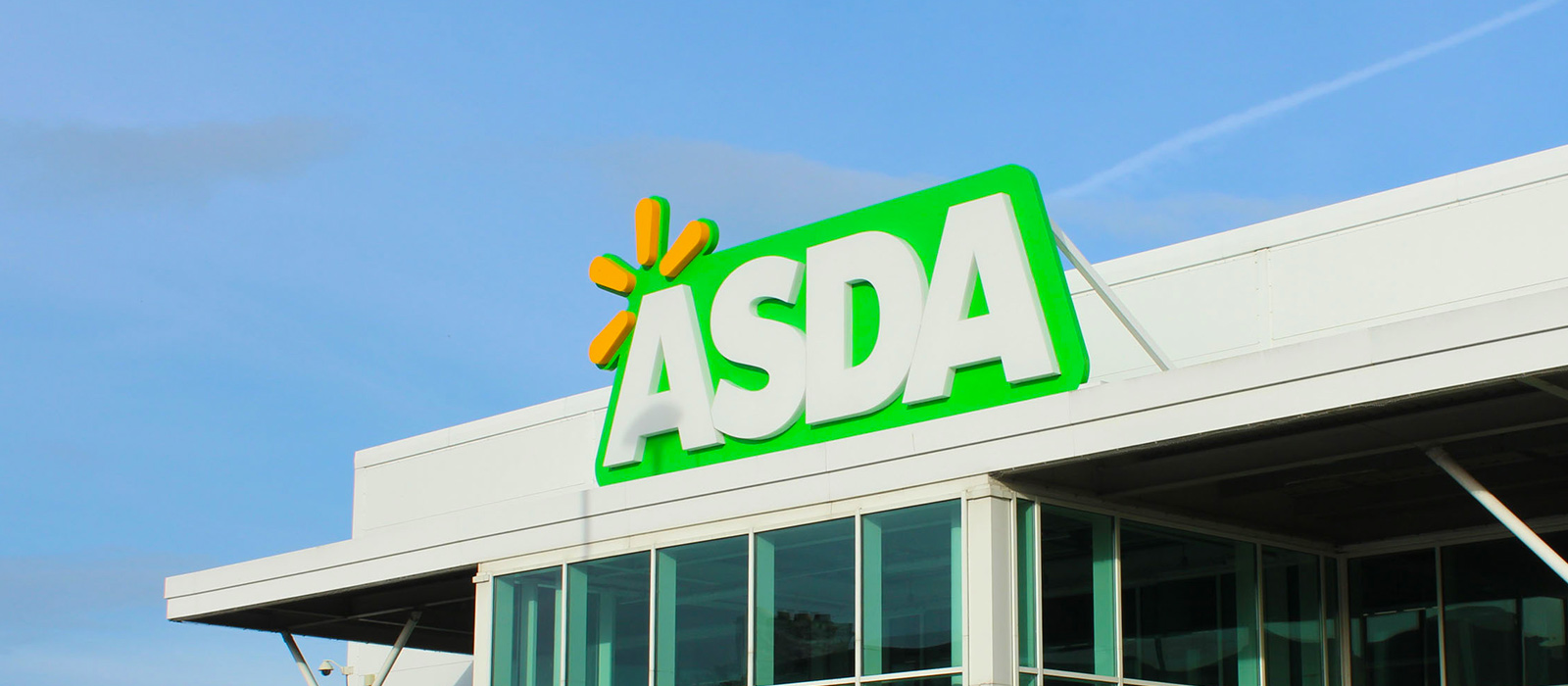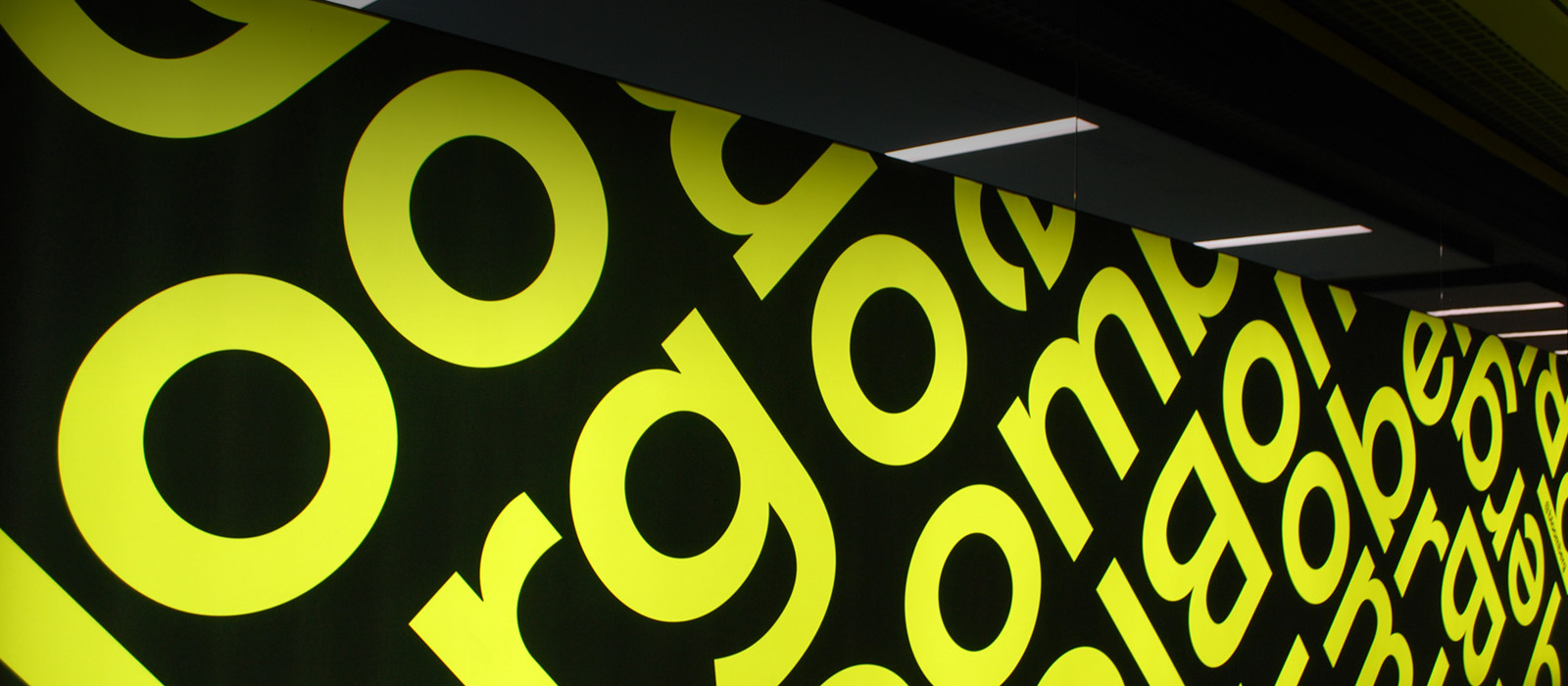The world’s largest package and document delivery company, as well as one of the world’s largest airlines, UPS employed over 335,000 employees and boasted a global revenue in excess of $22bn when we worked with them on a sports sponsorship of the 1996 Summer Olympics in Atlanta. In Europe, the company employed 28,000 employees in 411 operating facilities, had a fleet of 12,654 vehicles and delivered over 700,000 packages and documents per day. Another historical case study that showcases the work of BDS, this case study reveals how a highly considered sponsorship strategy can produce powerful results.
Criteria for UPS sponsorship
- Does it match company values?
- Is it a ‘best fit’?
- Will it help achieve company goals?
- Will it help demonstrate services?
- Does it match up to the company image?
- Does it represent a good opportunity for employee investment?
- What is the extent of promotional opportunities?
- How will it differentiate the company from its competitors?
- Does it have opportunities for building business and increasing sales?
- Does it have customer benefits?
- Can it be properly resourced?
- Will the benefits be measurable?
Overall objectives
The overall objectives can be summarised as being to:
- Develop awareness of UPS’ first time worldwide Olympics sponsorship across Europe;
- Build sales volume;
- Use sponsorship to help build a European culture for UPS;
- Motivate staff in Europe;
- Enhance UPS’s image as a global leader demonstrating corporate leadership;
- Build business and reputation by demonstrating global capabilities.
European sponsorship objectives
These were to:
- Establish an aggressive stance in the European Express market;
- Demonstrate service capabilities, making it as easy to ship across Europe as across the street;
- Strengthening the workforce through education, incentives and communication of UPS values.
Colin Beesley, UPS’s UK marketing director at the time, explained how: “It was clear that any activity we invested in needed to deliver effective methods of reaching both external and internal audiences, locally and globally –a tall order.”
The Olympics offered obvious benefits for global companies:
- Exclusivity within the industry /sector;
- Credibility of brand association;
- Opportunities to build business;
- Opportunity to showcase global capabilities;
- Membership of an elite group of global leaders.
Beesley described how: it also provides the flexibility to target local audiences without conflict of interest – we saw it as a golden opportunity to communicate our global message with local relevance.”
The sponsorship programme was integrated with both a multimedia advertising campaign and a media relations programme with a focus on local messages for both trade and consumer media. It also dovetailed with a direct marketing campaign, offering customers and prospects an opportunity to win tickets to the Games and a hospitality programme for key customers and business partners.
However, the difference with other sponsors of the Summer Olympics was the fact that 50% of the budget was directed at employee communication.
Sponsorship as an internal communications tool
UPS people are perceived as ambassadors for the company, delivering UPS services to customers daily. UPS wanted to focus the sponsorship programme on delivering employee benefits by extending traditional short-term brand awareness benefits.
To achieve this, the UPS Olympic programme was jointly managed by marketing and Human Resources departments.
Beesley explained how: “This decision ensured that the business, our customers and our people were all equally represented when exploring opportunities, thereby ensuring we maximised the benefits of our investment. An interesting by-product of this approach was that it brought people from very different functions together to work on a single goal.
“Human resources gained an insight into marketing, while marketing discovered the benefits of communicating their external activities more consistently with employees. More importantly, we believe that a cross-functional approach was necessary to get buy-in within the company. That buy-in was necessary for the sponsorship to work.”
Beesley summed things up by saying: “As a result, our business is benefiting from this cross-functional approach.”
Multi-cultural workforce
UPS wanted all employees to share and take pride in the sponsorship. Internal surveys showed that over 80% of staff in Europe were personally proud that UPS was an Olympic sponsor and it communicated that to customers, family and friends. Internal programmes were designed to be relevant to staff, irrespective of their function, throughout the company.
Employee competitions
For sales staff, UPS ran an incentive programme tied to individual goals, called ‘Triple Jump’. These targets were over and above normal planned business targets. For non-sales staff, UPS ran ‘Going the Distance’ – a lead generation programme, helping to build business for UPS. For drivers of delivery vans, UPS organised ‘Gold Medal Driving’, an incentive scheme to maintain a zero-avoidable accident rate.
These programmes were reinforced by a company-wide quiz called ‘The Decathlon’ designed to build on employees’ knowledge of the company. Winners of all these competitions were divided into gold, silver and bronze. The gold winners received tickets to the Games, including travel and accommodation. Silver winners were flown to Lausanne for a special award ceremony at the Olympics Museum and bronze winners received a variety of Olympic memorabilia.
Such a sophisticated and well-thought-out employee incentive campaign that linked the sponsorship activity to the company’s business produced some remarkable results.
The Results
- ‘Triple Jump’ – 40% of UPS’ sales force across Europe significantly exceeded their individual ’Olympic’ targets.
- ‘Going the Distance’ – non-sales staff opened over 1,200 new high-volume accounts.
- ‘Decathlon’ – 70% of company knowledge tests were 100% correct.
- ‘Gold Medal Driving’ – 100% record for zero-affordable accident rate was maintained for 10 months by 1,142 European drivers.
These programmes fulfilled the company’s goal of strengthening the business by focusing the multi-cultural workforce on a single set of company values through education and incentives linked strongly to the sponsorship of the Olympic Games.
But UPS also wanted to go further, in order to leverage the value of the Olympics to inspire staff with athletic abilities. The ‘Athlete Training Assistance Programme’ (ATAP) offered time off and financial support for nationally ranked athletes within UPS’s workforce to compete in the Games.
Sponsorship of Employees
Some 15 employees were offered support on ATAP and two were finally selected for the games –Peter Gabrielsson, a sharp-shooter from Sweden and Eugene Swift, a track and field athlete from the US.
Beesley described how: “ATAP, more than any other programme we ran, allowed us to turn a corporate sponsorship into an event in which all our employees could become personally involved. Additionally, it demonstrated that UPS is willing to support the individual goals of its employees. ATAP was a real credit to the cross-functional Olympic team we had set up.”
The same team ensured ATAP participants were given maximum PR, both internally and externally, which encouraged further support from UPS employees around the world.
Volunteer programme
UPS employees were flown from Europe to help with the day-to-day customer hospitality programme, including language interpretation at the Games in Atlanta.
According to Beesley: “Although they didn’t get much sleep, those volunteers all speak enthusiastically about what a great opportunity it was, not only to meet their local customers who had won trips through our direct mail campaign, but also to see first-hand the end result of our sponsorship and participate in our corporate programme.”
Benefits to the Company
The main benefits were as follows:
The programme went beyond simply external promotional activities;
- Far-reaching benefits were derived from a single investment;
- Many existing internal programmes were replaced, avoiding duplication of activities;
- New ways were found to involve the whole company, from the mailroom clerk to the managing director;
- The achievement of sharing a vision and single goal by everyone in the company.
UPS carried out some external research on the effects of sponsoring the Olympics. This showed that the campaign had increased UPS’s awareness in Europe from zero to 10% in a very short space of time, a significant achievement for a new sponsor.
Flattening of reporting structures
On this subject, Beesley commented: “Flattening the company’s traditional reporting structures produced greater understanding, awareness and discovery of new talents because people at all levels and from all functions were brought together either in co-ordinating or participating in the programme.”
“As a result, understanding between people improved immeasurably and in many instances were able to identify new talent within the company and promote it accordingly.”
UPS had demonstrated its commitment to its employees as well as its commitment to its business goals and the sponsorship had highlighted the benefits that can be gained by focusing as much on internal as external communication.
- UPS employee research (1996) showed that:
- 88% understood why UPS decided to become a sponsor of the 1996 Olympics;
- 81% were proud that UPS was a sponsor;
- 72% believed that the sponsorship would result in increased business for the company;
- 82% believed that the sponsorship had a positive impact on the company’s reputation;
- 76% believed the sponsorship had a positive impact on the customers’ view of UPS;
- Anecdotal feedback suggested staff felt more motivated following the sponsorship.
Beesley concluded that: “If you really want your sponsorship to work hard, to deliver on your investment, and to help your company stand out from the competition, then don’t just think about making your business more attractive to your customers…also think about your people who help deliver your business to your customers.”
Altogether, this sports sponsorship demonstrates how various campaigns can coalesce around a single event to provide exceptional visibility to brands and businesses. If you are interested in finding out more about how to take advantage of a sponsorship opportunity, be sure to get in touch with BDS today.
ENDS
Last Updated on October 30, 2023





